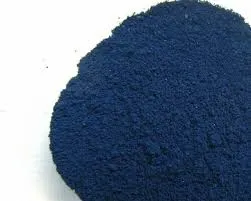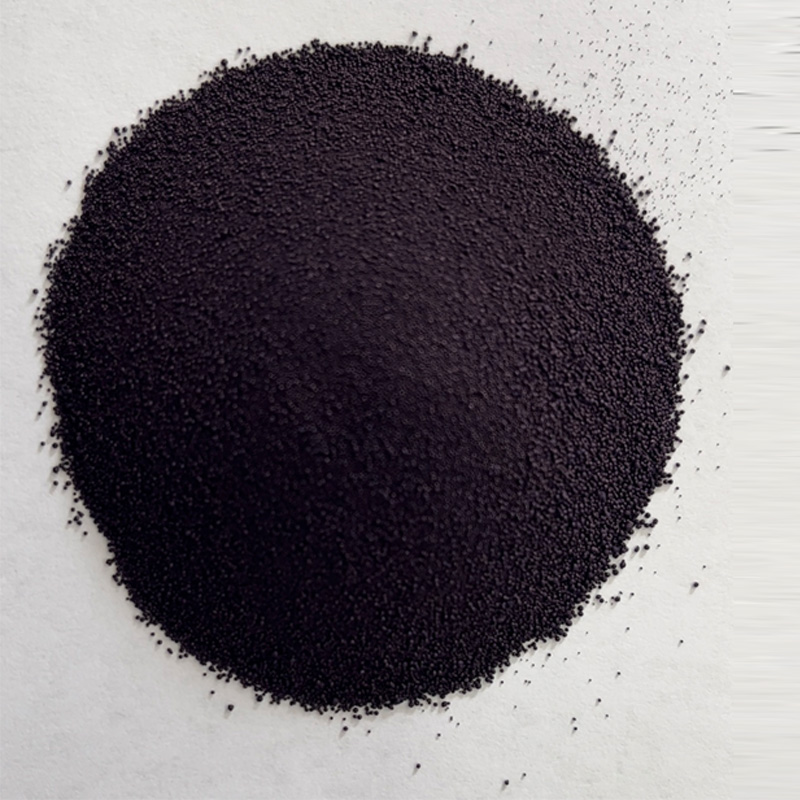Indigo Blue Vat Blue


Authoritative voices in the textile industry emphasize the environmental benefits of using natural indigo dye. Unlike synthetic dyes, which often rely on petrochemicals and can contribute to water pollution, indigo powder offers a more eco-friendly alternative. The cultivation of indigo plants also benefits local agriculture and biodiversity, as these plants improve soil health and offer a sustainable crop option for farmers. Experience with indigo dyeing showcases not only a technical skillset but also a cultural appreciation for a craft steeped in history. Many artisans and craftsmen have passed down indigo dyeing secrets through generations, each region and culture offering its unique twist on the technique. This enduring legacy speaks to indigo’s cultural significance and its continued relevance in today’s textile practices. To ensure the best dyeing outcomes, it's essential to follow best practices meticulously. This includes pre-soaking fabrics in a mordant solution, carefully managing the dye vat’s temperature, and patiently allowing the oxidation process to fully develop the color. Attention to these details ensures fabrics dyed with indigo powder exhibit vibrant and long-lasting color fastness, elevating the garment's value and aesthetic appeal. In conclusion, indigo powder dyeing represents a harmonious blend of history, sustainability, and artistry. For those exploring textile design or aiming to integrate eco-conscious practices into their work, indigo offers a compelling option steeped in tradition yet adaptable to modern needs. By embracing this natural dye, artisans can create products that not only meet contemporary fashion standards but also pay homage to historical textile practices, ensuring a legacy of sustainability and style.
-
The Timeless Art of Denim Indigo Dye
NewsJul.01,2025
-
The Rise of Sulfur Dyed Denim
NewsJul.01,2025
-
The Rich Revival of the Best Indigo Dye
NewsJul.01,2025
-
The Enduring Strength of Sulphur Black
NewsJul.01,2025
-
The Ancient Art of Chinese Indigo Dye
NewsJul.01,2025
-
Industry Power of Indigo
NewsJul.01,2025
-
Black Sulfur is Leading the Next Wave
NewsJul.01,2025

Sulphur Black
1.Name: sulphur black; Sulfur Black; Sulphur Black 1;
2.Structure formula:
3.Molecule formula: C6H4N2O5
4.CAS No.: 1326-82-5
5.HS code: 32041911
6.Product specification:Appearance:black phosphorus flakes; black liquid

Bromo Indigo; Vat Bromo-Indigo; C.I.Vat Blue 5
1.Name: Bromo indigo; Vat bromo-indigo; C.I.Vat blue 5;
2.Structure formula:
3.Molecule formula: C16H6Br4N2O2
4.CAS No.: 2475-31-2
5.HS code: 3204151000 6.Major usage and instruction: Be mainly used to dye cotton fabrics.

Indigo Blue Vat Blue
1.Name: indigo blue,vat blue 1,
2.Structure formula:
3.Molecule formula: C16H10N2O2
4.. CAS No.: 482-89-3
5.Molecule weight: 262.62
6.HS code: 3204151000
7.Major usage and instruction: Be mainly used to dye cotton fabrics.

